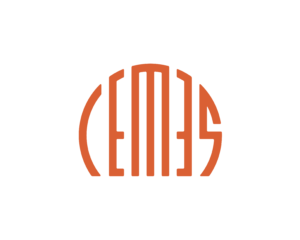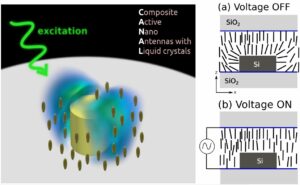CANAL
Composite Active Nano-Antennas with Liquid crystals
Research project selected under the 2023 call for proposals
Principal Investigator : Gonzague AGEZ
Involved Teams :
- CEMES / Nano-Optics and Nano-materials for optics – NeO
Type of project : Disruptive Project
Date (start/end) : 2023 – 2026

In analogy with a classical electromagnetic antenna, an optical antenna is defined as a device that converts freely propagating optical radiation into localized energy, and vice versa. Thus, the environment of nanostructured materials can control the radiative recombination rate of an embedded light source such as – for example – quantum dots, rare earth ions or 2D transition metal dichalcogenide. Their optical behavior (directivity, polarization, Purcell factor…) is usually controlled by modifying the material, size, shape, and coupling between the nanoparticles.
For practical applications, it is important to fabricate tunable devices that can be controlled by external stimuli, thus facilitating the development of active components like – for example – optical modulators, adjustable filters or lenses, transducers and sensors.
The CANAL project aims to develop techniques of the production of liquid crystal thin films on nanostructured substrates and to study novel effects in the field of nano-optics that take advantage of a liquid crystal-based environment. The objective is to fabricate tunable nanostructured devices facilitating the development of active components for nanophotonics.
